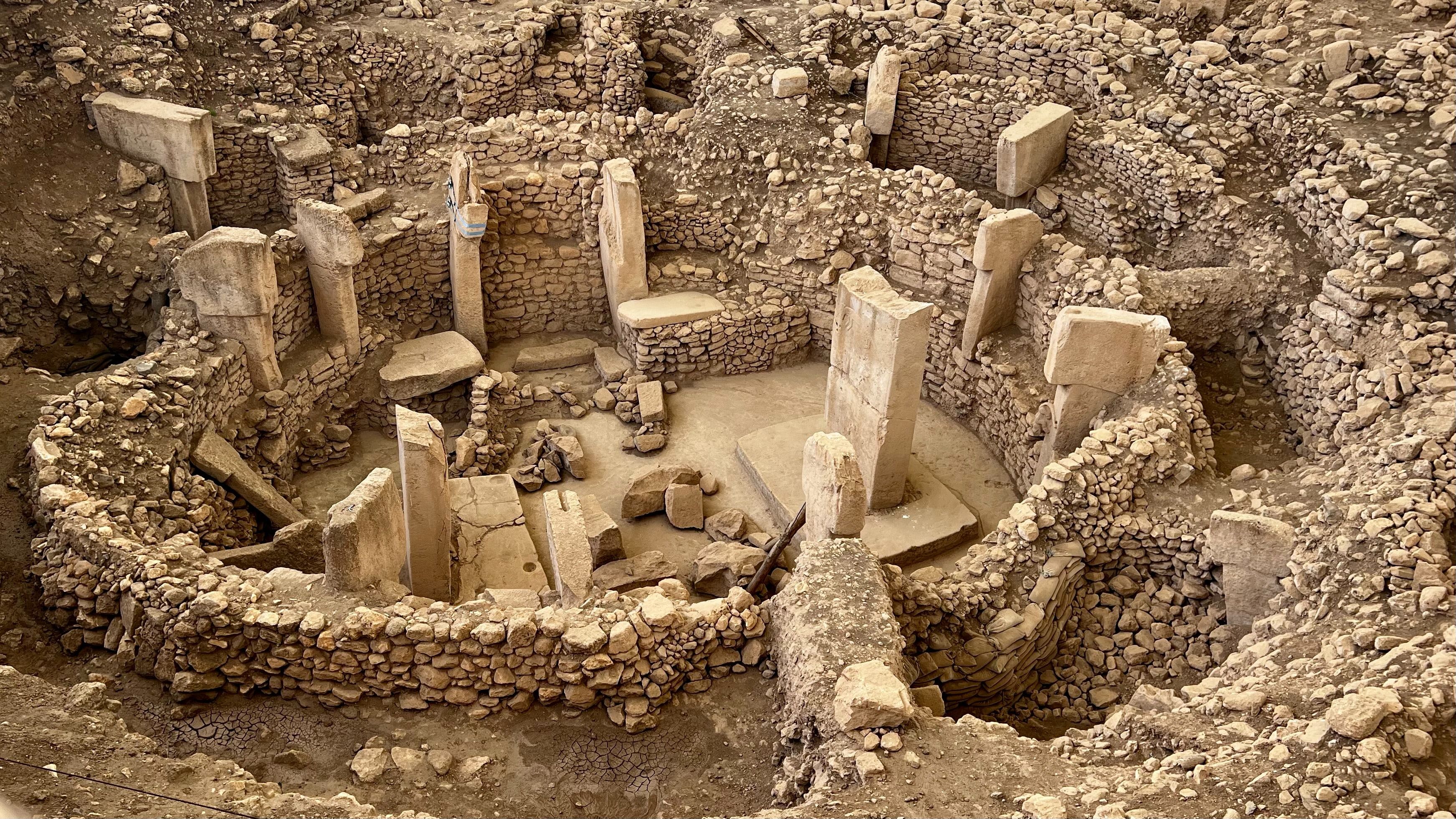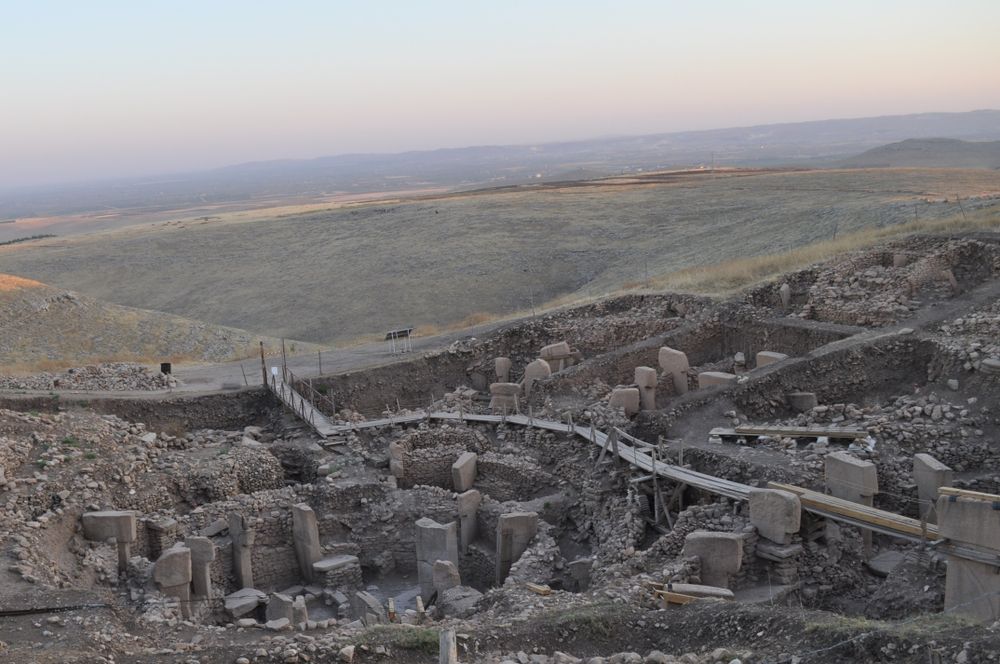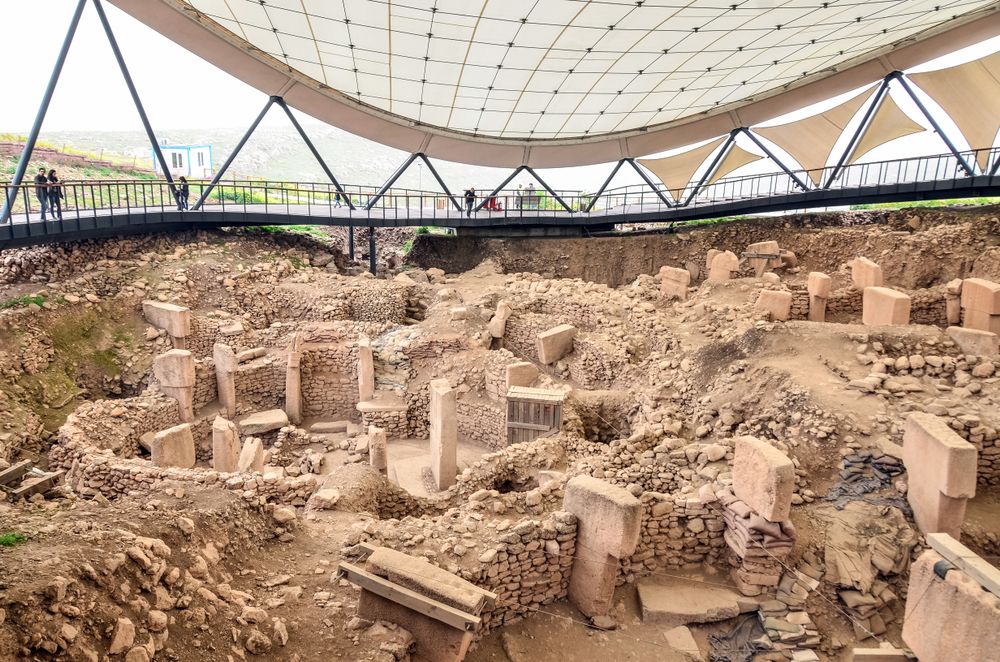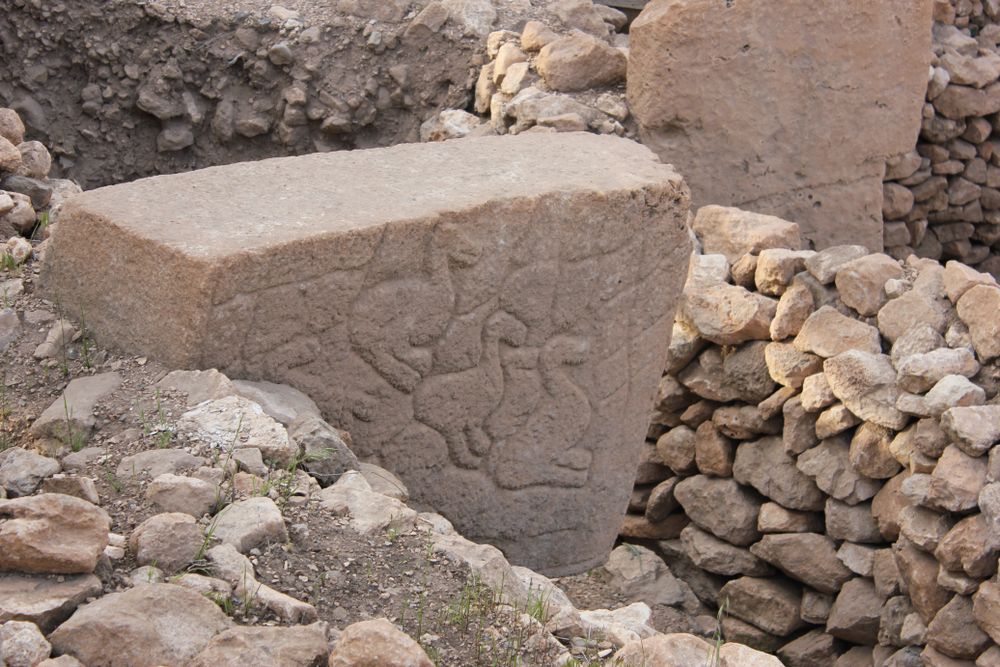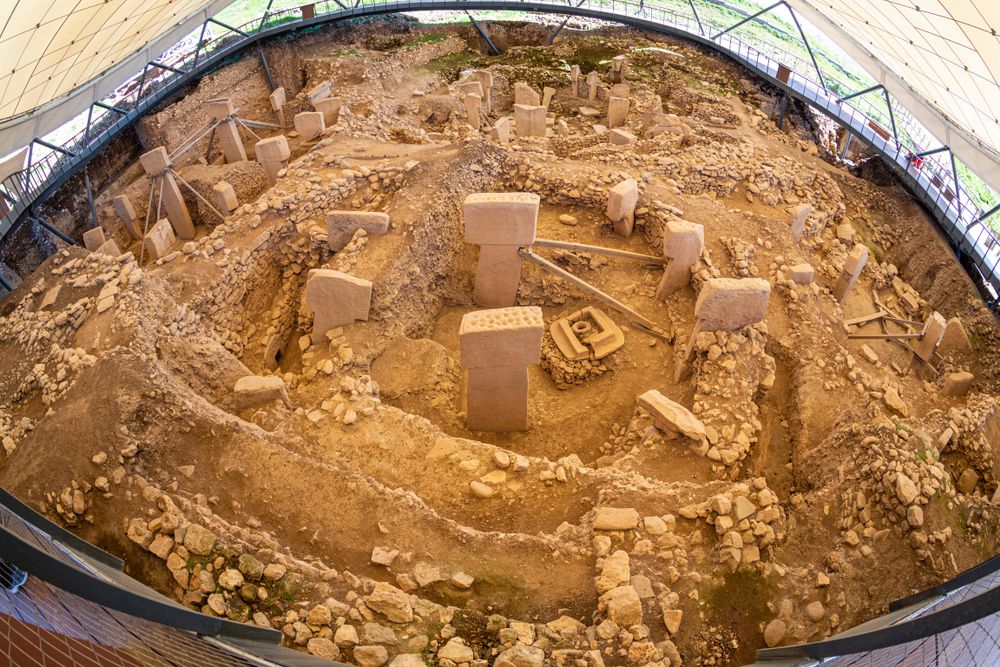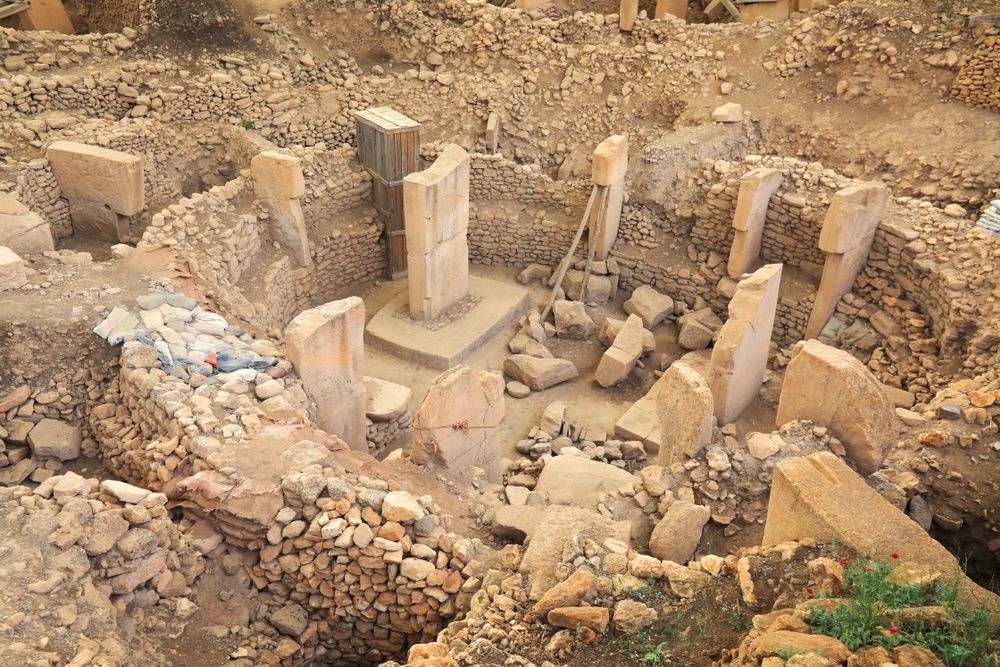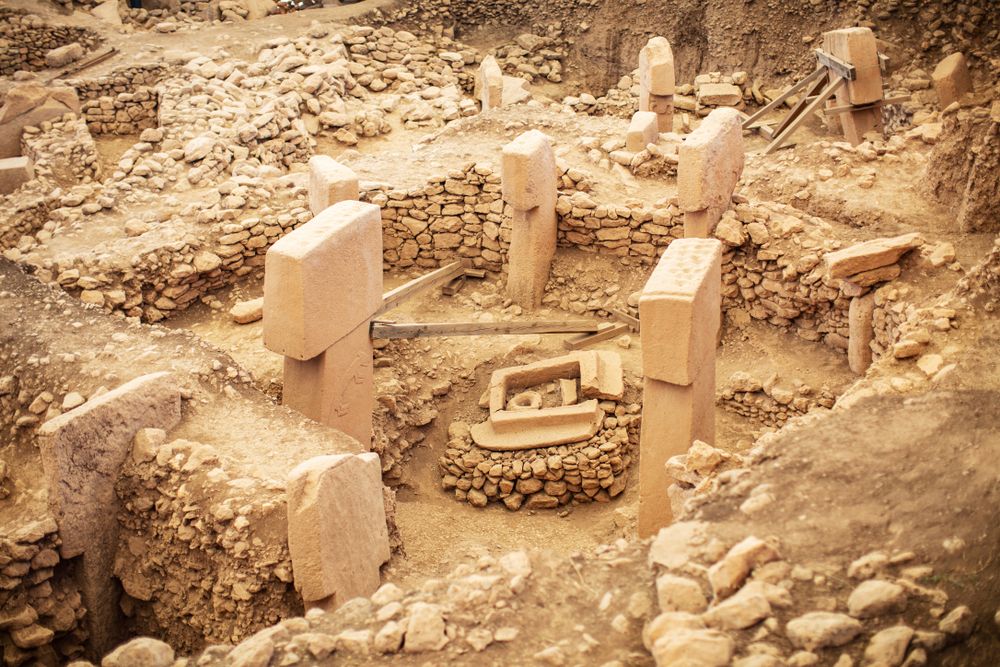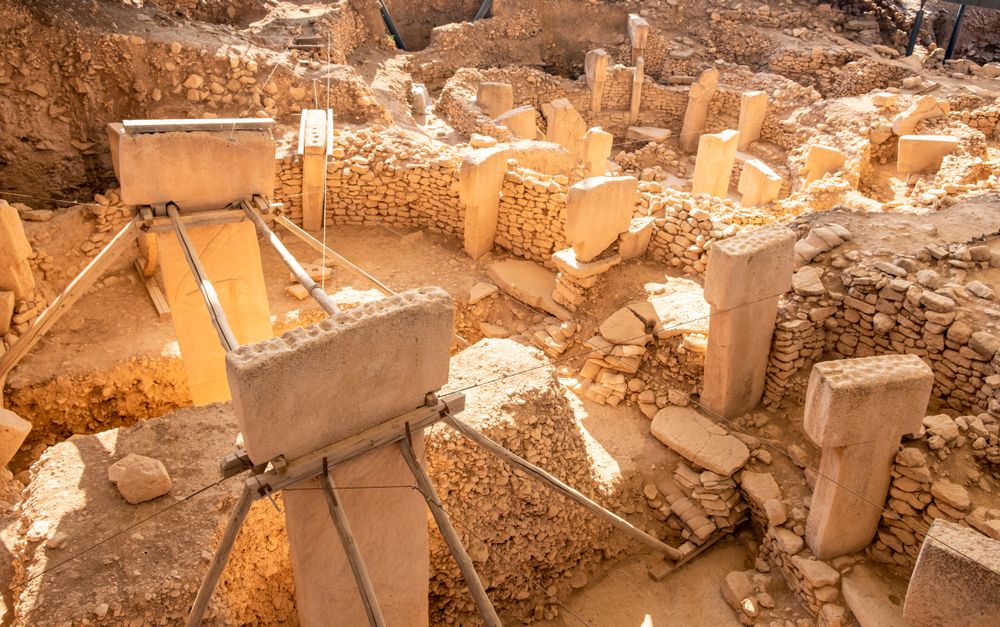Gobekli Tepe might be one of the most significant discoveries the world has ever known. Located in the Southeastern Anatolia Region of Turkey, this archeological wonder continues to reveal truths about the ancient world that many previously never considered. With every artifact and ancient ruin that reveals itself, scientists and archaeologists are able to better create a picture of what civilization looked like thousands of years ago.
The site is impressive, especially from drone and aerial views. It is now considered to be the oldest place of worship in the entire world. While Gobekli Tepe continues to retain many mysterious aspects, like these other archeological sites that are difficult to explain, we learn more about it every single day. Here are ten recently discovered components and thoughts at Gobekli Tepe.
10 Hundreds Of Obelisks Have Been Unearthed
Pretty much everyone in the scientific community agrees that Gobekli Tepe is an important site to learn about. Part of the reason for this is because the findings at the site challenge so many prior thoughts about ancient civilization. Much of the ruin has shown itself in recent years, but much is still to be unearthed. Recently, hundreds of obelisks have been discovered, making the science community wonder just what this site's purpose indeed was.
9 15 Mega-Monumental Temples Were Uncovered A Few Years Back
It seems like temple after temple is being recovered from Gobekli Tepe. The excavation process of the area continues to reveal clues to the past that force scientists and archaeologists to reassess what they had previously thought. Judging from all that has been revealed, more findings at Gobekli Tepe will continue to be unearthed, helping create a clear picture of an ancient civilization.
8 The Oldest Temple In The World Sits Here
Talk about a significant find. Gobekli Tepe is currently the oldest temple in the entire world. The site, which sits in the country of Turkey, is roughly eleven thousand years old. It is thought that this temple was created as a place to worship dog star, Sirius. So much regarding this area is still a mystery, but with every finding comes new theories and questions about humans of the past.
7 Mini Sites Within The Primary Site Keep Popping Up
Gobekli is not one single large place of worship, but rather many small areas, or geological surveys. There are roughly twenty of these circles and some two hundred pillars at the site. With every excavation period, more of the fascinating ruin springs forth. It wasn't until 1996 that the scientific community took the area seriously, and much more still sits under the earth. In the end, many more circles and spaces of worship could see the sun.
6 Gobekli Challenges Thoughts On Beginnings Of Agriculture
The findings at this Turkish site are not only physical discoveries. The space is challenging initial thoughts regarding the beginnings of agriculture and settlement. The temples are thought to be eleven thousand years old, predating cities and agriculture. Before Gobekli Tepe, researchers thought complex civilization and religion occurred after the development of agriculture. This ancient site suggests that hunters and gatherers who came here depended on agriculture to sustain and support their gatherings, meaning agriculture was occurring earlier on that thought.
5 Lots Of Bones Lie In The Ancient Earth
Recently, archeologists uncovered several skulls at Gobekli Tepe. Three craniums, each with deeply chiseled markings, were found at the site. The bones are the first of their kind to be discovered in this region as they seem to have deliberate puncture wounds in them, not made by animals. Before the intact skulls were found, researchers had gathered thousands of animal bones and hundreds of bone fragments around Gobekli Tepe.
4 New Findings Point Towards Skull Cults?
The skull fragments that have incisions in them, unrelated to animals, are making many in the scientific community wonder if Gobekli Tepe was a hotspot for bizarre rituals or even grounds for a skull cult. The skull bones also show evidence of being defleshed following death. One of the skulls had a hole in it that had previously been filled with a pigment called red ochre. All of these signs point towards some sort of fascination with heads by these ancient people.
3 Artifacts Discredit Prior Ideas On When Pottery And Tools Were Initially Introduced
Gobekli Tepe was constructed in the Pre-pottery stage. In fact, it stood before the invention of the wheel and writing. With only five percent of the site unearthed, so much remains unknown for now. Little evidence of home life has been found, no bowls or pots for cooking, but tools had to be used here. The site would have required some five hundred men to move and manipulate the large stones. Tools would have been needed to chisel and create the discoveries found.
2 Artwork At The Site Leads Toward A Possible Headless Fascination
Recent discoveries allude to the idea that skulls played some sort of part in the religion or worship of the ancient people who graced Gobekli Tepe. Some researchers are adamant that these people had a thing with headlessness. Aside from skull fragments found at the site, depictions of people carrying skulls, headless humans, and headless statues have also popped up at Gobekli Tepe. Were the people who roamed this region into beheading in the name of belief?
1 Hunters And Gatherers Might Not Have Been As Nomadic As Previously Thought
During that particular period, humans were thought to be solely nomadic. This place begs the question: were humans during this period more advanced in civilization than initially assumed? To build this massive place of possible worship, hundreds of people would have had to stay there, work, rest, and eat. Aside from this, researchers continue looking into the possibility that groups of people stayed in communal buildings during their time at Gobekli Tepe.

